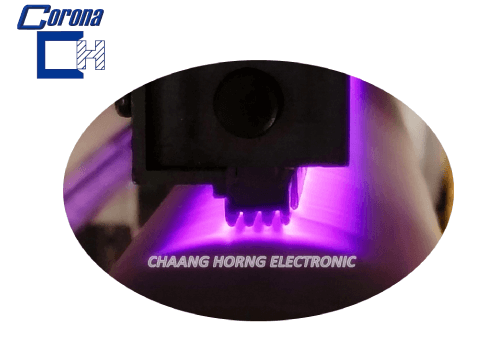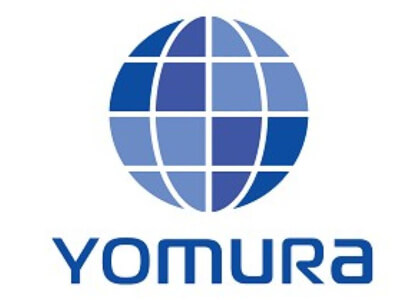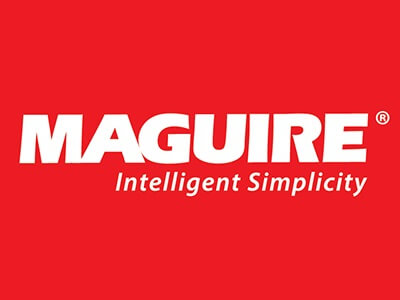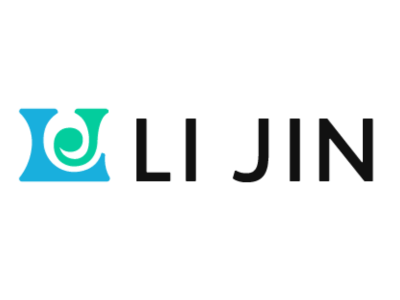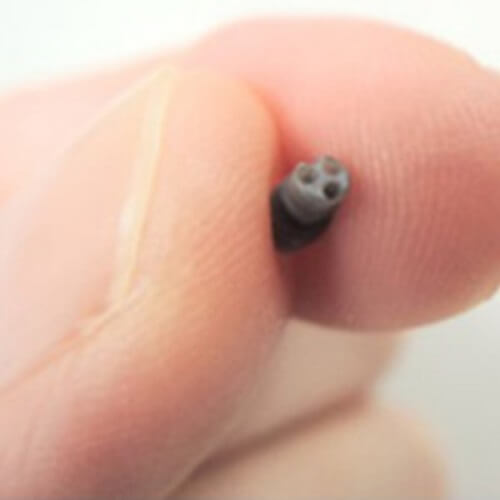
MICRO MOLDING
CATÉGORIES : Moules d’Injection
Micro molding is a very specialized art form, which is a kind of tooling design , manufactures small and precision plastic components with polymer-based functional devices, by increasingly demanded in the fields of life science, electronics, medical, photonics, automotive, and aerospace. The tiny-scale molding form of injection molding that entails building a cavity to match the shape of the part you want to make, sort of like the plastic molding that makes Lego bricks. THERE ARE THREE DIFFERENT THINGS TO KEEP IN MIND WITH MICRO MOLDING : Micro means the size of the part. It is the most common definition when dealing with micro molding. Micro features relates to tiny parts on a larger part. As a whole, the part can be big, but its components can be smaller, or micro features. Micro tolerance is how the parts are measured and how close to the needed measurement the part has to be to be considered a good or usable part. When a part is molded, it has to measure within the needed measurement (the tolerance), which could be as small as a thousandth of an inch. Small parts that are simple to make have tolerances that are not as tight and would be considered regular molding. SOME ADVANTAGES OF DESIGN GUIDE IN YOMURA AS : Dimension Aspect ratios around 6:1 (material dependent) Wall thickness : 0.3 mm ( 0.012”) min. for plastic Hole dimension : 0.2mm ( 0.008”) – 0.5mm ( 0.02”) min. Pitch of hole : 0.3 mm ( 0.012”) – 0.50 mm ( 0.02”) min. Tolerance (min) : 0.01 mm ( 0.0004”) – 0.02 mm ( 0.0008”).
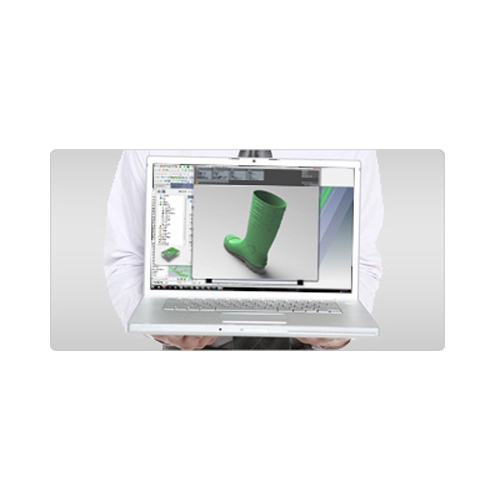
Chiffre de simulation de CAO 3D et ABS + épreuvage de commande numérique par ordinateur
Le plus gros problème dans la création de moules de bottes de pluie est la discussion. Dans le passé, des croquis 2D étaient utilisés pour discuter des modèles, puis des échantillons de référence étaient utilisés pour aider l'imagination des deux côtés. Cependant, les bottes de pluie sont composées par la courbure de la surface incurvée de la forte variation.Seulement par des croquis 2D et l'auxiliaire d'échantillon peut conduire à un écart entre l'imagination et les pratiques, entraînant une modification continue.

SINGLE INJECTION MOLD
CATÉGORIES : Moules d’Injection
Single Injection Molding is a standard process that YOMURA TECHNOLOGIES excels at. Our YangMei plant is equipped with a resin feeder system to increase yield rates for mass volume production. Material: TPR , PC, PC/ABS, ABS ADVANTAGES: Works with Complex Designs Has the Advantages of Both Plastic & Rubber Flexible & Soft Touch
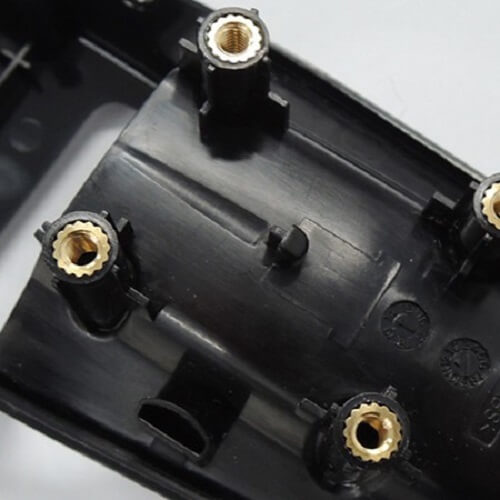
INSERT INJECTION MOLD
CATÉGORIES : Moules d’Injection
INSERT MOLDING TECHNOLOGY: When a metal, plastic or ceramic part needs to be embedded in plastic to improve product structure it is called Insert Molding. It is a widely used process and one that YOMURA TECHNOLOGIES specializes in. With Insert Molding, a part is placed in a mold cavity then a selected plastic material is injected directly over it resulting is a single part with the insert(s) encapsulated by the material. This process normally uses engineering plastics for improved wear resistance, tensile strength and weight reduction. Insert Molding can be a highly efficient alternative to the assembly of discrete parts using soldering, connectors, fasteners, or adhesives. It also expands plastic capabilities and can reduce final product cost by limiting the amount of costly metal needed to create a part. And importantly, because we can use conventional single shot injection machines for Insert Molding, tooling costs are lower than with a multi-shot processing. Benefits: Reduced assembly and labor costs Because insert molding joins numerous components with thermoplastic, assembly and labor costs are greatly minimized. For example, a single stamping can be overmolded, then perforated to create multiple circuit paths. Reduced size and weight By eliminating fasteners and connectors, and by combining the physical strength of resin and metal inserts, insert molding yields smaller and lighter components. Increased reliability With every part tightly secured in thermoplastic, an insert molded component prevents part loosening, misalignment, improper terminations, and other problems. The thermoplastic resin also provides improved resistance to shock and vibration. Increased design flexibility Designers appreciate the virtually unlimited configurations that insert molding allows. For example, in creating a 3D circuit board, overmolding permits circuitry to move freely through the part, from inside to outside, up walls, down in holes-and the plastic ties it all together. Materials: Engineering plastic or Thermo Plastic Rubber (TPR) inserted with metal frame die casting, plated copper pin, sockets, wire frames, etc. Applications: TPR + Metal Frame(3C Mechanical Parts) ABS + Al. Die Cast (Sports/ Medical) Eng. Plastic + Patting Pin/Eng. Plastic + Wireframe (Connector) Eng. Plastic + Copper Pin/Contact (Precision Electronic Component)

Machine d'inflation en plastique haute vitesse HDPE - LCH-35
CATÉGORIES : Extrudeuses de film soufflé
Machine d'inflation en plastique à haute vitesse de HDPE
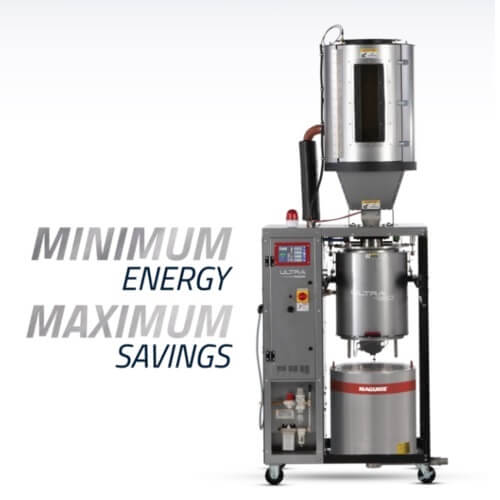
ULTRA LOW ENERGY DRYER
CATÉGORIES : Séchoirs et déshumidificateurs pour matières plastiques
The first ULTRA Low Energy Dryer for plastics. Ultra-low kW energy usage - fast ROI and savings for a lifetime. Drying costs so low, it’s almost free Energy efficient unique vacuum drying technology Faster drying, faster start-ups, minimal maintenance
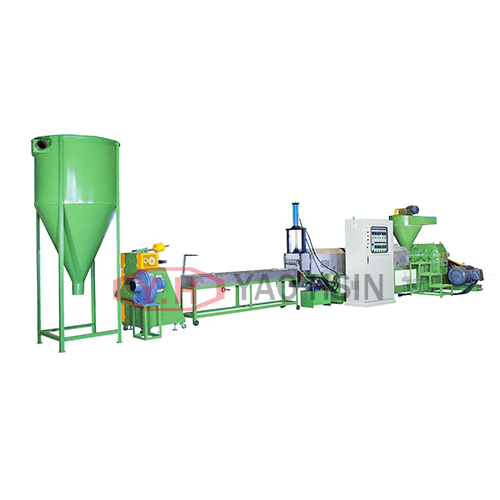
Recyclage en plastique équipement d'extrusion de granulés
CATÉGORIES : Machines de granulation en plastique
L'équipement d'usine complet inclut le système d'extrusion, le dispositif hydraulique de plaque pour le changement des matériaux, le réservoir d'eau de refroidissement d'acier inoxydable, la découpeuse, qui sont disponibles pour les articles en plastique de rebut, les produits de pellicule,
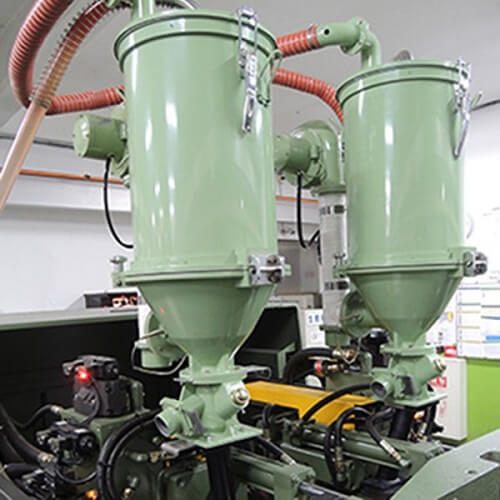
DOUBLE INJECTION MOLDING
CATÉGORIES : Moules d’Injection
Double Injection, sometimes known as 2 material 2 shot molding or 2K molding, is an innovative manufacturing process used to produce complicated molded parts from two different materials. Through a highly specialized and automated process we carefully control the injection of multiple materials, including two different kinds of resin, into a single, multi-chambered mold. Double Injection in performed on one machine that is programmed to perform two injections in one cycle. In the first cycle, a nozzle injects plastic into a mold. The mold is then automatically rotated and a different type of plastic is injected into the mold from a second nozzle. Double Injection Molding optimizes co-polymerization of hard and soft materials to create powerful molecular bond. The result is a single part with production and feature advantages. It can be used for a variety of product designs across all industries. It also allows for molding using clear plastics, colored graphics and stylish finishes which improves your product functionality and marketplace value.
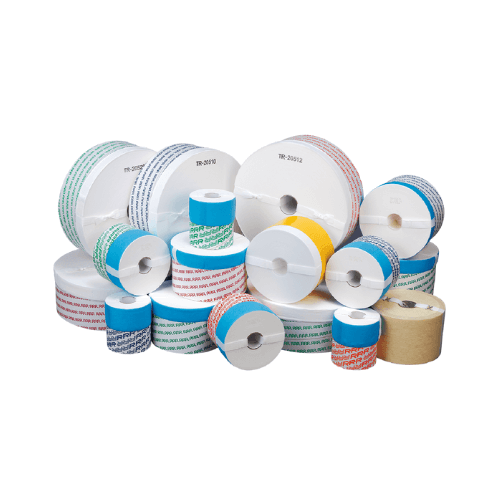
TripleR Oil Cleaner
CATÉGORIES : Filtres
Industrial oil filters from Japan with 50 years of experience, specializing in filtration of hydraulic oil, lubricating oil systems, oil cutting a solid-liquid separation By filtering particles and impurities in the oil to maintain the health of the system's oil, a wide range of products can be adapted to the use of the environment in various fields. Sales cover many countries around the world, improve the rubber and plastic industry, automotive industry, iron and steel, paper and other industries of the oil health condition.
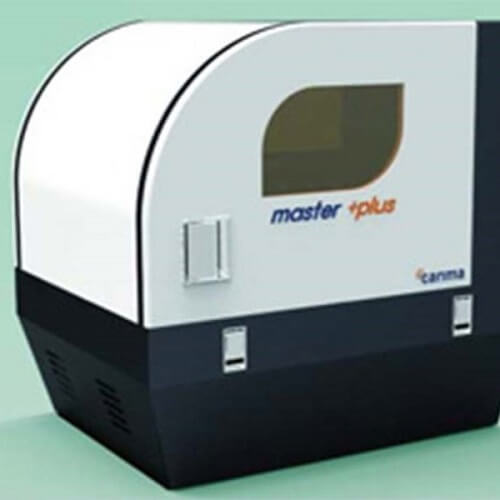
RAPID PROTOTYPING
CATÉGORIES : Systèmes à Canaux Chauds
With the advent of 3D printing, rapid prototyping can now be done quickly and affordably. YOMURA TECHNOLOGIES is equipped with a high end, Digital Light Processor 3D printer built by Carima, a South Korean company with over 30 years of optical manufacturing experience. Unlike Fused Deposition Modeling (FDM) 3D printing which heats a plastic filament then squeezes it through a nozzle to print one layer at a time, DLP uses a special light wave to activate a chemical reaction in a photopolymer resin which then cures into solid 3D object. DLP objects are smoother, more detailed and almost seamless, ideal for professional quality prototypes. 3D PRINTER SPECS Max Build speed: 30mm/hr Resolution: 1920 x 1080 Size: 200 x 112 x 200mm 245 DPI High-end DLP (Digital Light Processing) 12 micron engine enables a very fine prototype Very minimal material waste MATERIALS Acryl: Easy post processing and coloring ABS-like: Semi ABS durability Epoxy: Great durability Rubber-like: Elastic material Lost-Wax: Metal Casting


